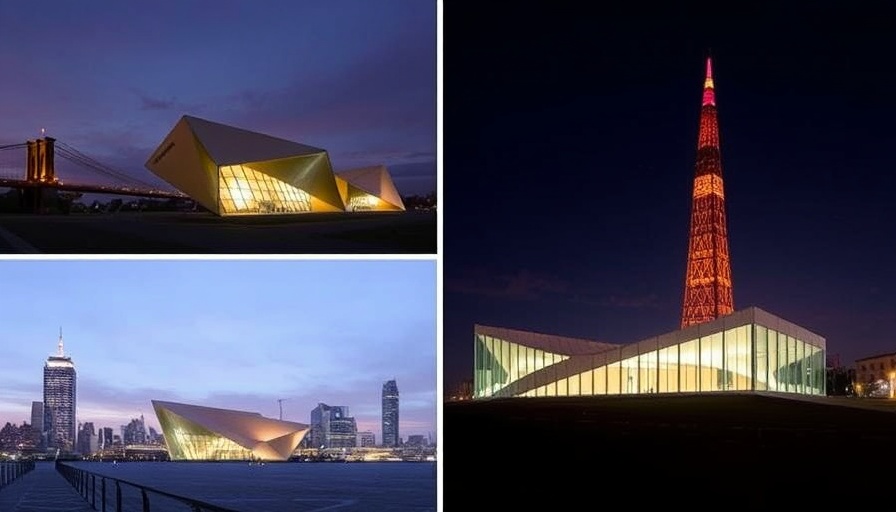
Exploring Upcoming Architecture & Design Events
If you're a digital nomad eager to create an inspiring and practical workspace, attending architecture and design events can provide invaluable insights. These events often showcase the latest trends in ergonomic design, cutting-edge materials, and innovative workspace solutions. By stepping into this world, you can explore new ideas and gather inspiration that directly translates into a comfortable remote working environment.
Why Attend Architecture & Design Events?
Architecture and design events offer a wealth of benefits, especially for those of us working from home or on the go. Here’s why they matter:
- Networking Opportunities: Meet leading architects, designers, and fellow nomads who share your interests. Making connections can lead to collaborations or recommendations that enhance your workspace.
- Hands-On Experience: Whether you're trying out new furniture or engaging with interactive displays, these events allow you to see and feel what might work in your space.
- Learning from Experts: Workshops and talks by industry leaders can provide insights into ergonomics, productivity hacks, and efficient design practices.
Highlights from the Events You Can't Miss
This month, we're highlighting five prominent events from the Dezeen Events Guide that cater specifically to those interested in architecture and design:
- Design Miami: A staple in the design calendar, this event focuses on high-end and collectible design pieces that inspire luxury and comfort in remote workspaces.
- Chicago Architecture Biennial: Engaging with international architects, you can explore immersive installations that push the boundaries of conventional design methodologies.
- Interior Design Show Toronto: This event showcases innovative interior design ideas that integrate wellness and productivity, crucial for remote workers aiming to enhance their home office environments.
- West Edge Design Fair, Los Angeles: Featuring a multitude of new products and services, this fair promotes sustainability within design, perfect for eco-conscious nomads.
- NYCxDESIGN: Celebrate design in New York City with a range of exhibitions, open studios, and events emphasizing work-life balance and efficient space utilization.
Practical Tips for Maximizing Your Event Experience
As you prepare to attend these events, consider some key strategies to make the most out of your time:
- Plan Ahead: Review the event schedule and map out which talks or exhibits are most relevant to your interests.
- Take Notes: Bring a notebook or use a note-taking app to jot down valuable insights, design ideas, or contacts.
- Engage Actively: Don’t hesitate to ask questions. Engaging with presenters can deepen your understanding and open opportunities for follow-up discussions.
Final Thoughts on Exploring Architectural Trends
As a digital nomad, continual learning and adaptation are key. By participating in architecture and design events, you can gather ideas that will ultimately help you craft a workspace that keeps you productive and comfortable. Whether you adopt insights on furniture arrangement, lighting, or color schemes, these events are treasure troves of inspiration.
Ready to enhance your remote working environment? Consider attending these design events and unlocking a world of ergonomic possibilities. Every detail counts towards creating a space that not only looks good but feels good to work in.
 Add Row
Add Row  Add
Add 




Write A Comment